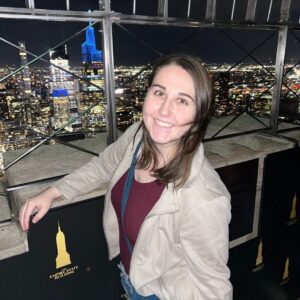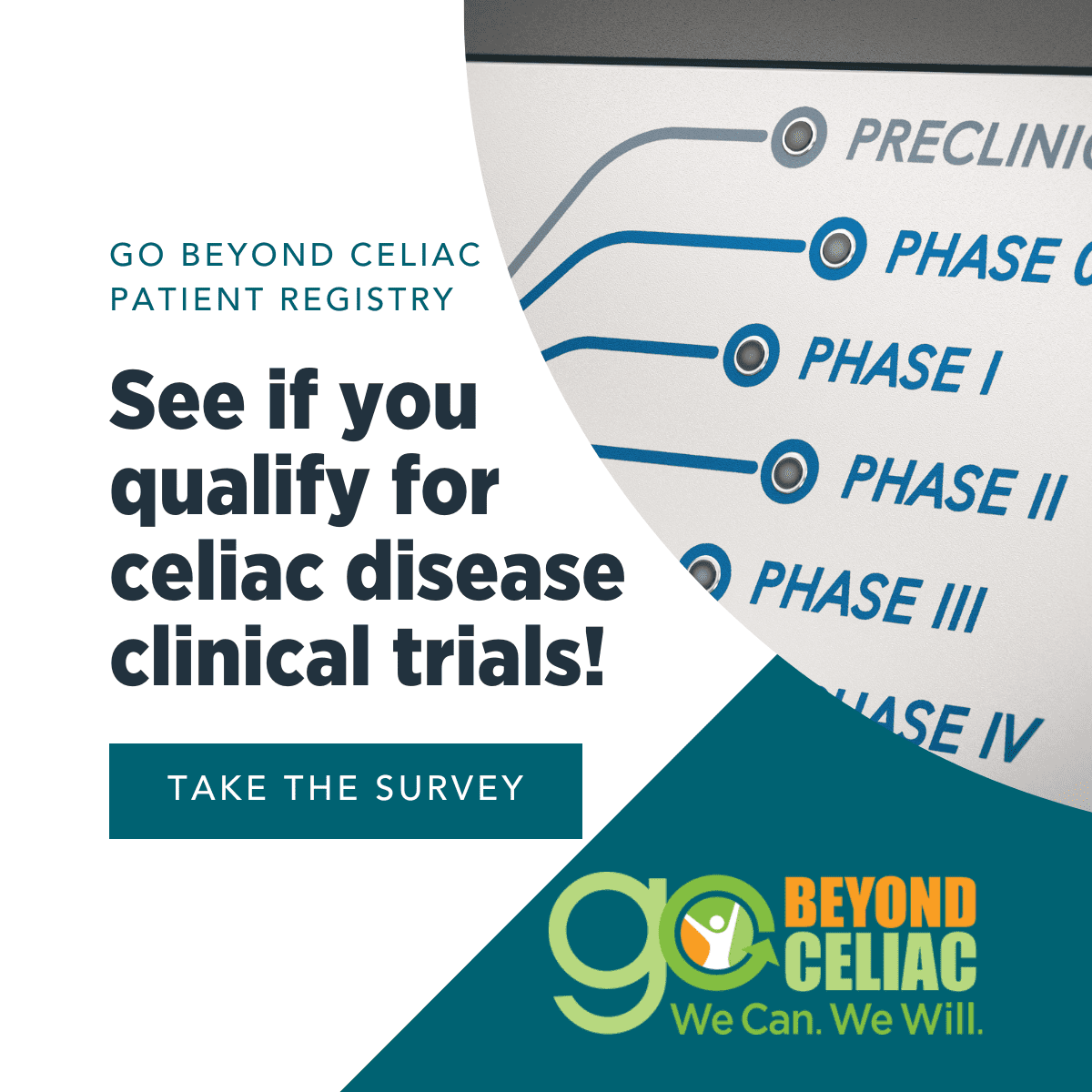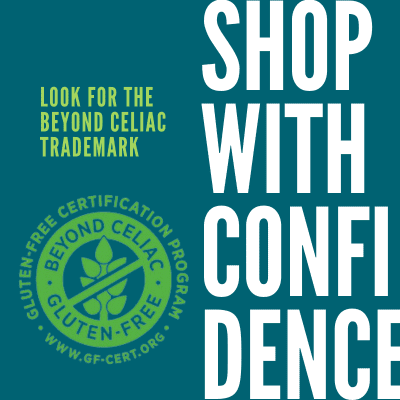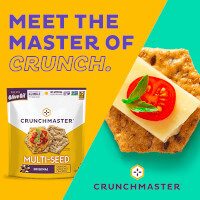You’ve probably heard the adage, “April showers bring May flowers,” in other words, after a time of adversity, wonderful results will come. But flowers don’t grow unless they’re planted—luckily, the Beyond Celiac staff are master gardeners.
Beyond Celiac has been pushing for additional treatments beyond the gluten-free diet for years. With our resolute work in community advocacy, clinical trial recruitment, and international research funding, we are proud to say that there are more drugs for celiac disease in clinical trials than ever before—16, so far. We’re also committed to promoting our findings throughout the academic, medical, and pharmaceutical communities, and will be presenting at three competitive conferences in the coming year, including:
These research and advocacy seeds were planted months and even years ago, and we can’t wait to share the final results with you once they’re ready, in the form of data, awareness campaigns, and groundbreaking partnerships. We also hope to share the fruits of our labor with you one day soon when a treatment is developed and approved. But we won’t reach that future unless we plant today.
You can help us plant seeds of hope now by signing up for our Step Beyond Celiac 5K or contributing to a runner’s fundraising goal. This non-competitive virtual event supports our work to bring a treatment to the celiac disease community. Plus, if you register by April 14th, you’ll get the exclusive May 2024 race t-shirt! Then, you can wear it and run, walk, or roll 3.1 miles anytime in May to raise awareness for this serious autoimmune condition. Spring into action by registering for the May 2024 Step Beyond Celiac 5K. Imagine when all these seeds bloom—I can’t wait to see the kind of world we’re creating together.
With gratitude,
Alice Bast, CEO
April 1 is sourdough day! Get in on the fun by trying out our sourdough recipe this month. We’ll walk you through the whole process, from collecting ingredients to making a starter to baking your very own loaf of gluten-free sourdough bread!
This sweet meat dish is always a crowd pleaser. For a full meal, stir-fry broccoli and snow peas for a serving or two of vegetables and have it all with a bowl of rice.
This recipe was provided courtesy of our friends at the Gluten-Free Palate.
QUESTION: Can pure, uncontaminated oats cause intestinal damage in patients with celiac disease?
ANSWER: No, pure, uncontaminated oats have not been shown to cause intestinal damage in patients. However, in a small portion of people with celiac disease, oats can cause an inflammatory reaction. A study from 2015 found that 8% of the sample size had a reaction to pure, uncontaminated oats—but still no intestinal damage.
If you are concerned about oats, talk with your doctor or dietitian. If you’d like to learn more about research on oats and celiac disease, check out a replay of our March 2024 Town Hall with Dr. Jason Tye-Din.
We have our sights set on a cure for celiac disease! Every step you take helps get us closer to our goal. Proceeds raised from our Step Beyond Celiac 5Ks support our work to accelerate treatments and a cure for celiac disease.
Until we reach the ultimate finish line—a cure for celiac disease—we’ll be putting our energy into helping people with celiac disease live better longer. Lace up your running shoes, set up your personal or team fundraiser, and let’s all get 3.1 miles closer to a cure! Register by April 14 to get your race t-shirt.
Black people with celiac disease have an increased risk of not being diagnosed
Physicians’ common view that celiac disease is rare in Black Americans can lead to disparity in testing for the condition, according to the study, published recently as a research letter in the journal Gastro Hep Advances.
Read more research news on our Research News Feed
The LILY study is a celiac disease study that will measure the safety of the study medication, DONQ52, at targeting an immune complex known to cause celiac disease symptoms. There is no gluten challenge in this study. You may be compensated for time and travel.
Take our Go Beyond Celiac annual survey!
This brief, annual survey will help both Beyond Celiac and researchers better understand how our community members’ celiac disease symptoms, challenges, attitudes, and behaviors evolve year to year.
If you’re signed up for Go Beyond Celiac, we invite you to log in and complete this year’s Annual Celiac Disease Survey. If you haven’t already joined, please become a member of Go Beyond Celiac and start sharing your story today.
This survey closes on April 30, so don’t miss out! Every story shared brings us one step closer to a cure.

“I feel isolated at times. Some people do not understand celiac is more than just ‘gluten-free food’ on a menu. I’ve had friends say I’m too much and drop me because they don’t want to deal with it. I have servers who don’t believe me or take it seriously.
I have some lovely friends who will go out of their way to ensure I can eat. When I traveled to New York in 2023, they would walk the extra 15 minutes out of our way with me so I could eat safely. They never once complained and I thank them for that.”
Boy, 10, Petitions and Lobbies to Label All Gluten, Not Just Wheat
Jax Bari wants the U.S. Food and Drug Administration to take the guesswork out of safely eating for people like him who must avoid gluten as they navigate life with celiac disease. The 10-year-old advocate is urging others to support his family’s citizen petition, which calls on the FDA to label gluten as a major allergen on packaged foods.
Watch: March Town Hall, Research From Down Under: Exploring Controversies in Celiac Disease
Beyond Celiac spoke with Australian researcher Dr. Jason Tye-Din about a few of the controversies in celiac disease. In this Town Hall, moderated by Director of Scientific Affairs Amy Ratner and Director of Research and Patient Engagement Kate Avery, MPH, Dr. Tye-Din discusses the safety of eating oats, a potential blood test that doesn’t require the gluten challenge, and monitoring adherence to the gluten-free diet with GIP tests.
Ever heard someone remark that “everyone is allergic to gluten these days,” or “Nobody was gluten-free when I was young,” the statements tinged with confusion, contempt, or both? Send them this article!
New Support Group for POC with Celiac Launches
If you’re POC and looking for some support, check out the Celiacs of Color Collective! This virtual support group meets monthly and is a safe space for POC folks to share their experiences, ask questions, and meet others with similar experiences. Fill out the linked Google Form to sign up and receive emails with more information, or reach out to Liz at yeet.that.wheat on Instagram for more information.
Raise Money for Beyond Celiac on Facebook!
Happy birth month to all our April-born community members! When your big day rolls around, consider raising money for Beyond Celiac so that we can help fund new research by scientists in the celiac disease field. And a HUGE thank you to everyone who’s created fundraisers for us throughout the years! These fundraisers help make our important work possible.
Opt-in to stay up-to-date on the latest news.
Yes, I want to advance research No, I'd prefer not to


